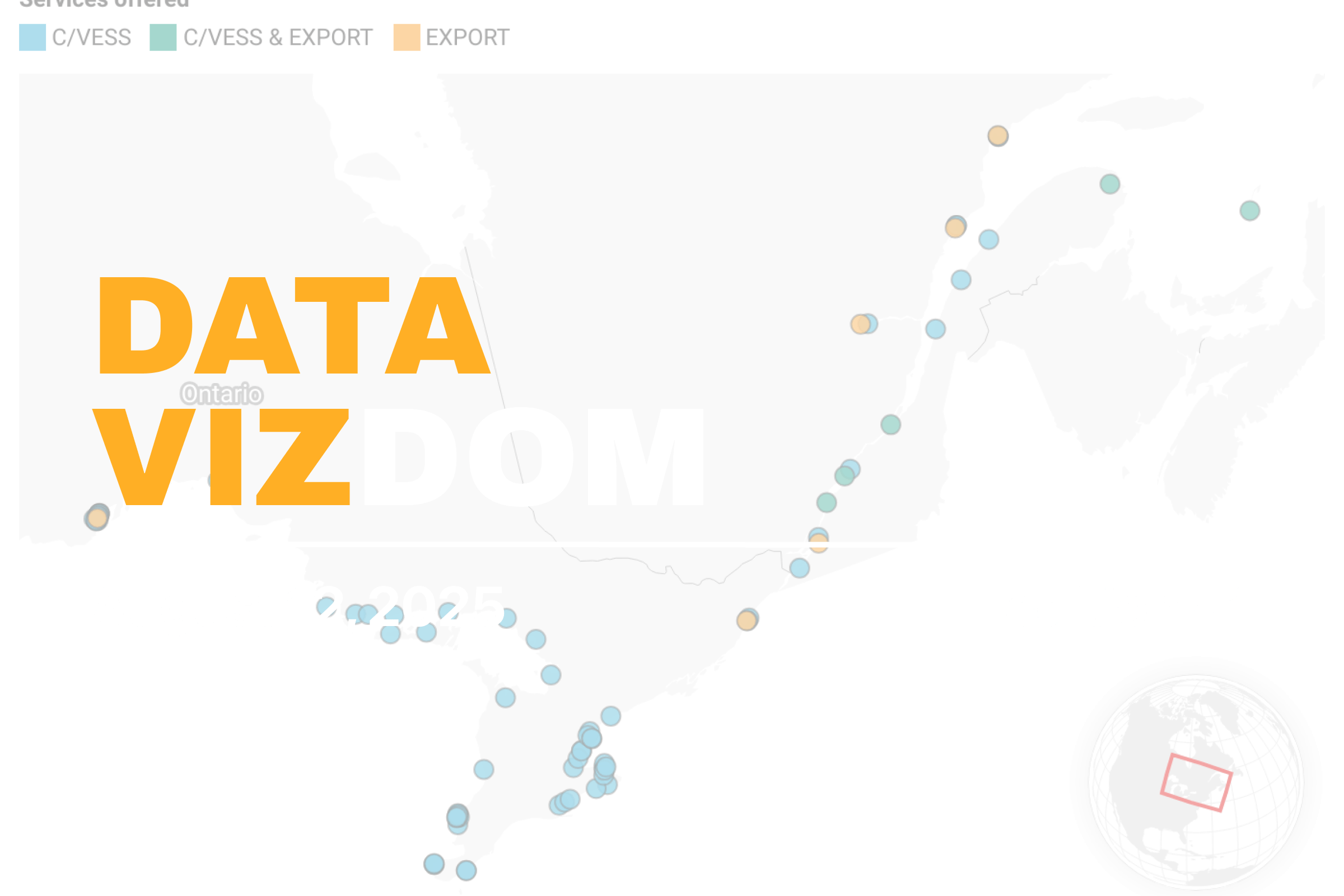In international trade, the Canada Border Services Agency (CBSA) plays a critical role, not only in preventing prohibited goods from entering the country and ensuring that relevant laws and regulations are complied with, but also in supporting Canada’s trade competitiveness through efficient clearance processes that facilitate trade.
Canada’s current trade clearance processes are highly dependent on commodity type, mode of transport and destination (for exports). This structure results in parallel procedures that add unnecessary complexity and slow the movement of goods through authorized ports of entry. Many of these ports are, or have the potential to become, multimodal hubs, offering firms greater flexibility in routing their trade.
This procedural complexity plays out differently across exports and imports. Most exports require only an online export declaration submitted in advance. Exports to the U.S., however, do not require any clearance from the CBSA. Imports, in contrast, must be cleared and released by the CBSA before entering Canada. According to the Auditor General of Canada, less than 1% of the agency’s full-time employees were assigned to export controls in 2014.
Maritime imports to Canada can only be processed at authorized ports of entry, where cargo and commercial vessels report to the CBSA. Of the 213 such facilities nationwide, 79 are located in Quebec and Ontario, as shown in the interactive chart below.
Perhaps surprisingly, the CBSA reports that 99% of all maritime commercial cargo imports it cleared in 2021–22 came through just four ports: Vancouver, Prince Rupert, Montreal, and Halifax.
While the CBSA report does not explain why, one possible factor is that the figure covers only containerized cargo, and such ships often complete clearance at secondary ports rather than at their first Canadian port of arrival. This is notable given that many of the other authorized ports of entry shown above handle significant volumes of bulk commodities. The CBSA also requires ships carrying foreign goods into Canada through the Great Lakes to stop at Montreal for radiation inspection of containers.
The map also shows that only 4 of the 79 commercial vessel facilities are designated offices for reporting and processing export declarations and permits. In addition to these, there are 4 such offices in Quebec and 3 in Ontario that provide this service for maritime exports.
Overall, Canada’s maritime trade clearance system is concentrated in a small number of ports and asymmetrical between imports and exports. While most documentation is handled online, import clearance is centralized and resource-intensive, reinforcing reliance on a few key gateways at the expense of capacity and resilience.
Data Vizdom digs into ideas big and small through visualizations that help make sense of a changing world, drawing on data from the SLGL dataHub.
